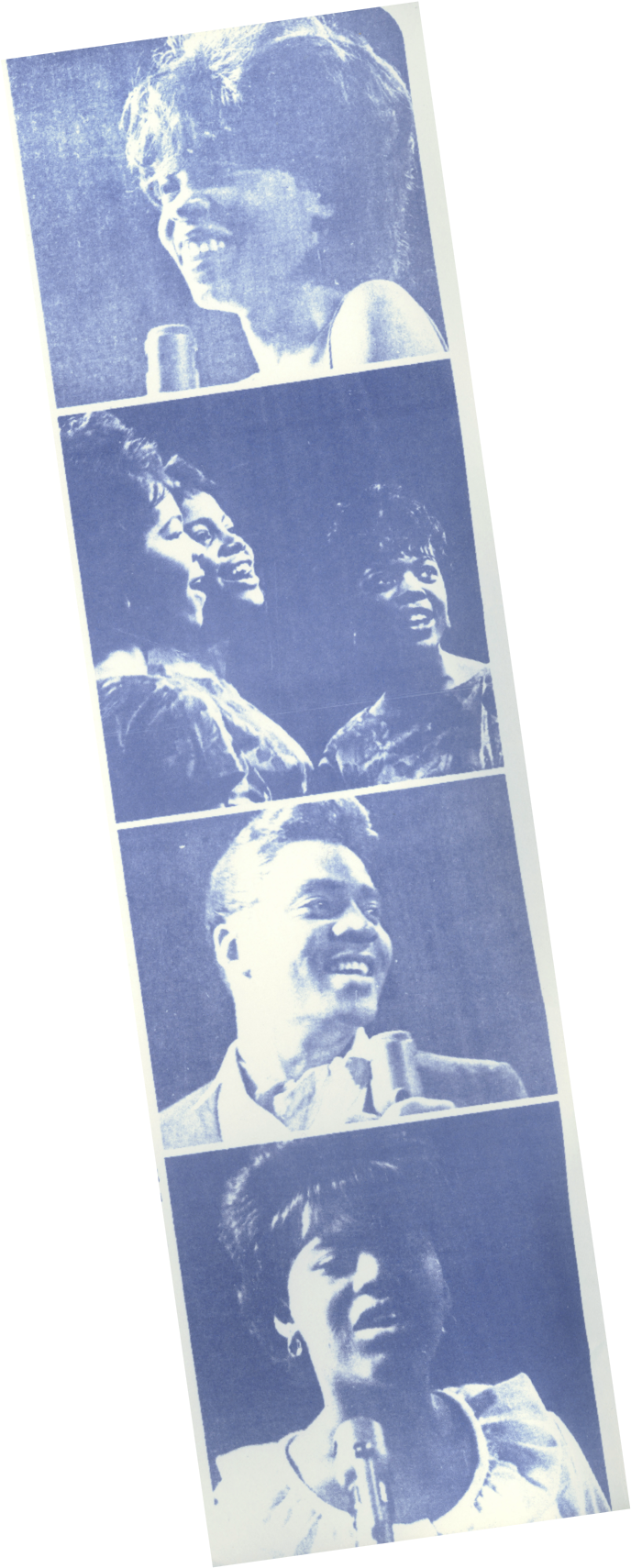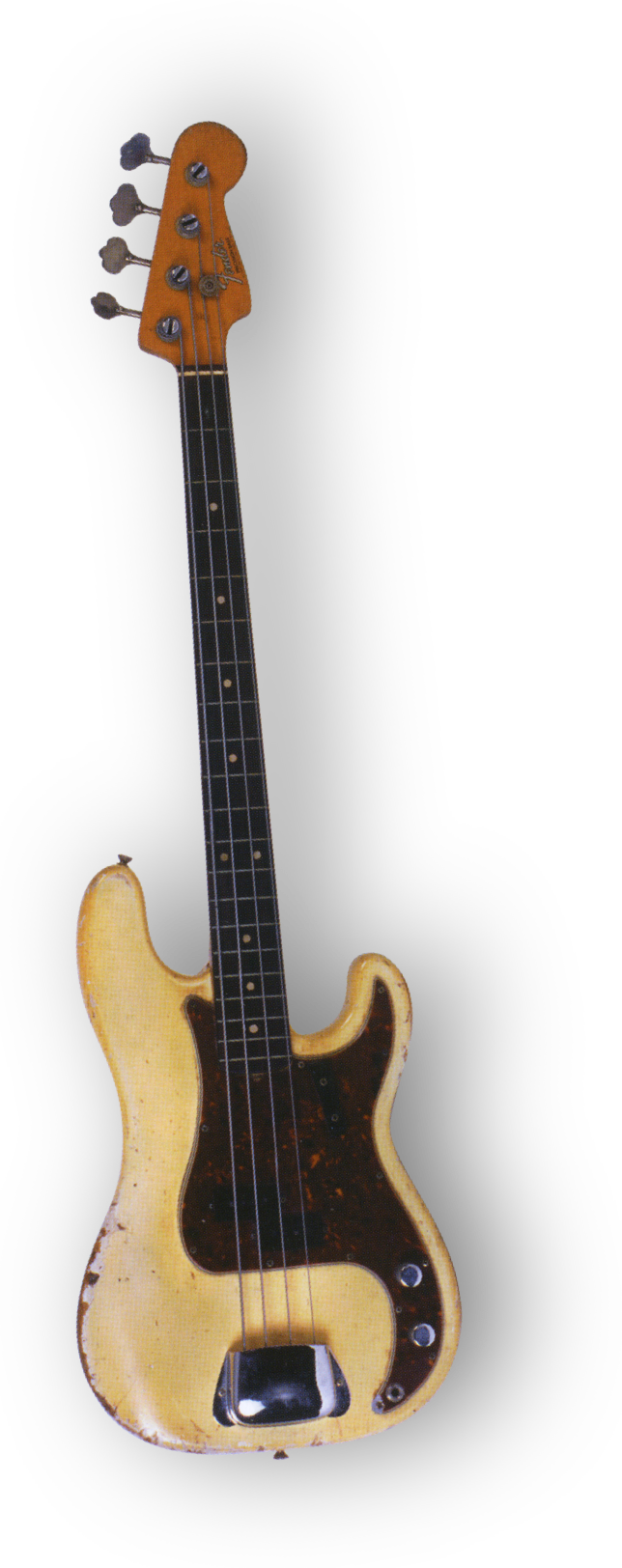Chapter 1
City Sounds
Origins of Nashville R&B


1945-1970

How Nashville’s vibrant, pioneering R&B community played a significant role in building Music City’s worldwide reputation

Don’t miss Night Train to Nashville: Music City Rhythm & Blues Revisited, on exhibit at the Museum from April 25, 2024 to September 2025 and celebrating the inaugural Night Train to Nashville exhibit’s 20th anniversary.
In the meantime, explore the Museum’s online exhibit below.








